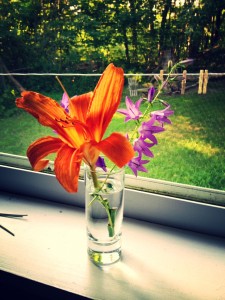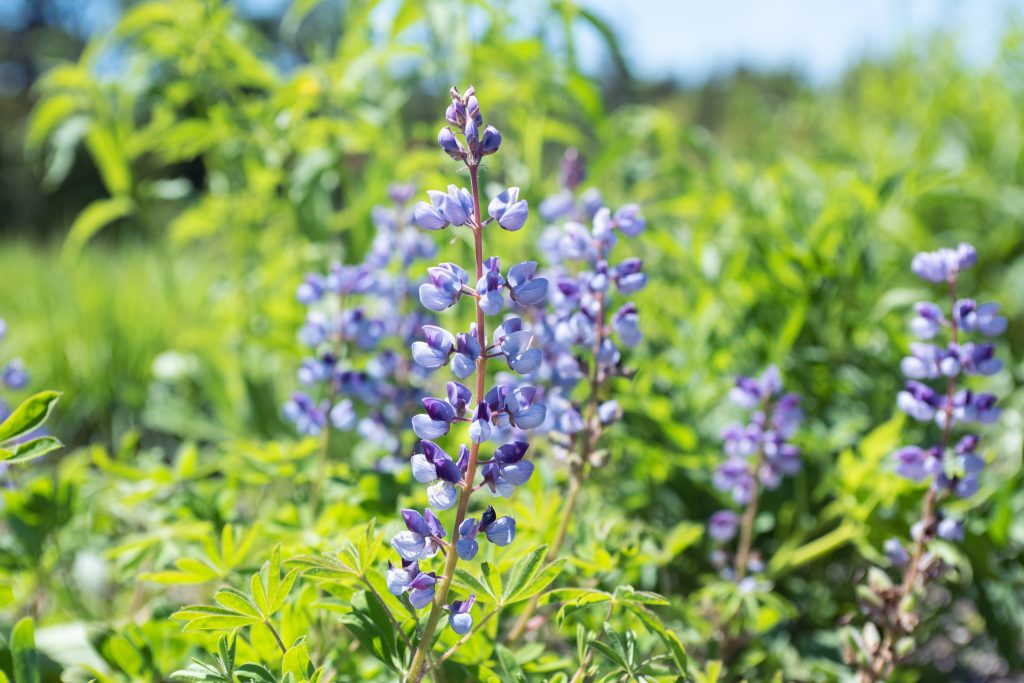Everyone understands the delightful rush you get when you arise from your bed and realize that it’s Friday. I woke up this particular Friday eagerly anticipating the adventures I had planned for my weekend, only to arrive at work and discover that it was my turn for the dreaded “weekend duty.” My visions of a leisurely respite were quickly shattered.
To my surprise, and in contrast with my strenuous weekday shifts, weekend shifts are by no means arduous here at Coastal Maine Botanical Gardens. In fact, my weekend duties consisted of strolling through our beautiful grounds, watering, deadheading plants, and chatting with our guests – all perfectly enjoyable tasks. I was even urged to express my creative side by putting together floral arrangements for staff horticulturist Diane Walden, and let me tell you that was no easy job! If you’re like me -completely addlepated by creativity- and you need some inspiration to access your inner floral designer, check out this link.
While working this weekend, I deadheaded more Hemerocallis, or daylilies, than I can count, and I was often asked why we spend so much time on this tedious task. While our primary reason for devoting such a large portion of our time to deadheading is aesthetics, the practice may encourage many perennials (including the daylily) to produce more blooms over a greater amount of time. The word Hemerocallis translates from its Greek origins to “beautiful for a day” (hence the common name, daylily). Anyone who has ever grown daylilies understands why this name is fitting for the plant, as it requires daily deadheading in order to keep it looking flawless. Unfortunately for the CMBG horticulture staff, this requires that we are forever trapped in a deadheading frenzy for the sake of our delightful daylilies, so please come visit us and appreciate the rewards of our never-ending, but worthwhile toil!
-Montana Williams, Pearson Horticulture Intern (7/25/13)





